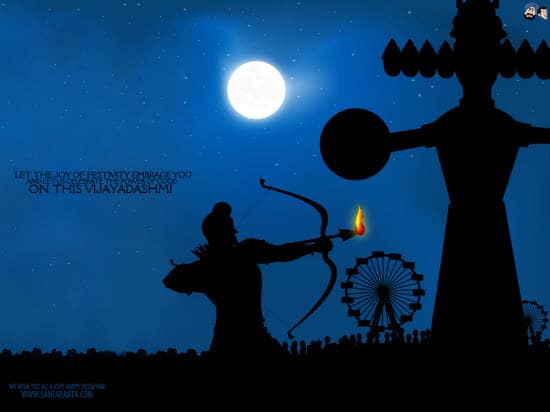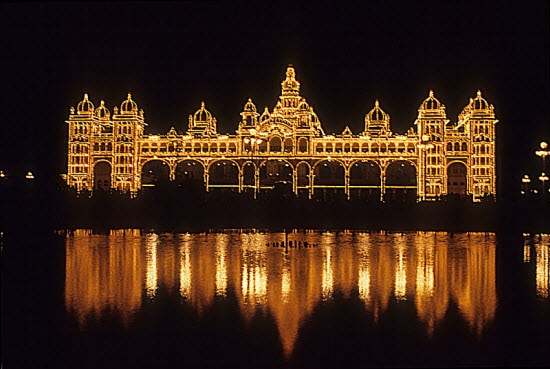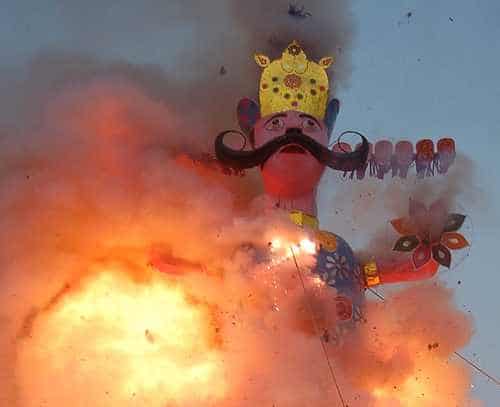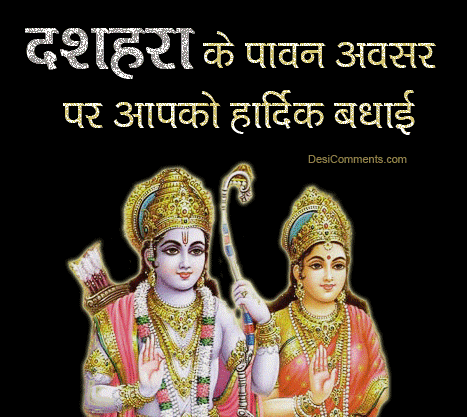We have been celebrating Dussehra for many years. We burn the effigy of the evil Ravana on Dussehra or Vijayadashami, who Lord Ram killed to achieve the victory of good over the bad. After nine days of spiritual owing to Goddess Durga in Navratri, we celebrate the tenth day as Dusshera.
So, Dussehra is celebrated to mark the victory of Lord Rama over the demon king Ravana. After the nine days of Sharad Navratri, the tenth day is Dussehra or Vijayadashami.
“Dasha-hara,” meaning “remover of bad fate,” is among the most important festivals celebrated in India.
It also signifies the conquest of one’s basic human traits of Tamas, Rajas, and Sattva. Many Hindus observe Dusshera by offering special prayer meetings and food to the gods, and then the burning of a statue of Ravana is done at various places all around the country.
According to the Hindu calendar, Dusshera or Vijayadashami is celebrated on the tenth day of the month of Ashwin. It usually falls in September or October. The Navratri festival is celebrated for nine days, and on the tenth day, Dussehra is celebrated.
The festival of Dussehra spreads the message that good is always Victorious.
There was a great battle between Lord Rama and demon king Ravana. The battle lasted for ten days, and on the tenth day, Ravana was killed by Lord Rama. The day is celebrated as Dussehra or Vijayadashami.
According to Hindu mythology, on this day, Lord Rama wins her lovely wife Sita, who was carried off by Ravana, the demon king of Lanka. He killed Ravana with the help of Hanuman and his “vaanar” Sena and rescued Sita from the demon Ravana.
Moreover, Dusshera is also celebrated as the victory of Goddess Durga over Mahishasura, a very powerful demon. With her immense power, Goddess Durga fought with Mahishasura, and after the nine days of fierce battle, Mahishasura was defeated and killed by Durga.
India, a country with a vast number of religions and faiths, celebrates this festival in different ways in different states.
In North India, Ramlila Utsav is organized for nine days displaying the short form of epic Ramayana, and on the tenth day, the burning of Ravana is done.
In Mysore, Dussehra is celebrated with a procession of the goddess Chamundeshwari on a Golden Ambari or an elephant-mounted throne. Outdoor fairs are organized, and effigies of Ravana, Kumbhakarna, and Meghanad are burned in the evening.
In West Bengal, Durga Visarjan is performed. In Kerala, a special ritual of initiating children into studies is performed. Shami/ Jammi puja is celebrated as an exchange gift of leaves from the
Shami tree, as a symbol of the story of the Pandavas brother’s exile in the Mahabharata stories, in Andhra Pradesh.
While in the Kullu valley of Himachal Pradesh, a weeklong festival is organized on Dusshera. Similarly, other states also celebrate this festival with great enthusiasm and spiritualism.
So, we see that Dussehra is a vibrant festival that is celebrated with great enthusiasm throughout India.
Every year we celebrate the festival with the same process by burning the Ravana statues. Taking the message from the history of winning well over bad, if we think we are proud Indians, we should also burn the corruption from our country, which is presently at its peak, to make the country as pure as the occasion.
The level of corruption is rising too high, and we should do something about that, like the courageous attempts made by Anna Hazare and his team, if we want to see shining India. So, let’s make an attempt to burn all the evils inside us and encourage others to live on the path of honesty.
Dussehra Date 2022
Dussehra/Vijayadashami will be celebrated on 5th October 2022, Wednesday
Vijay Muhurat: 01:55 PM to 02:42 PM






